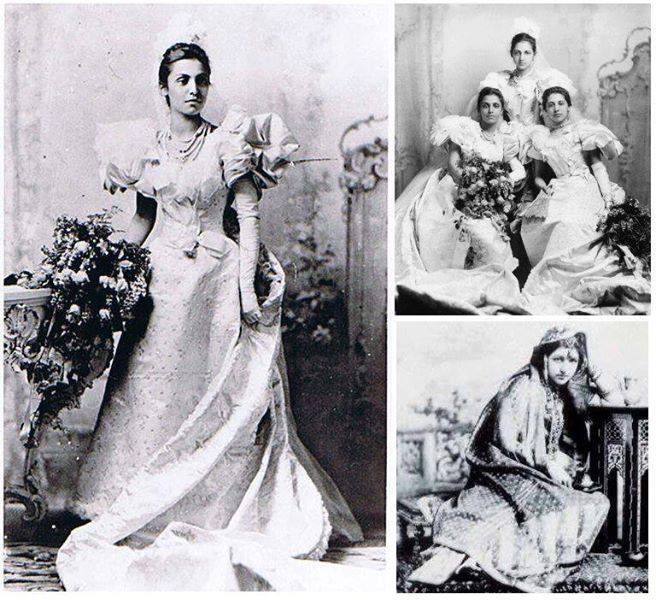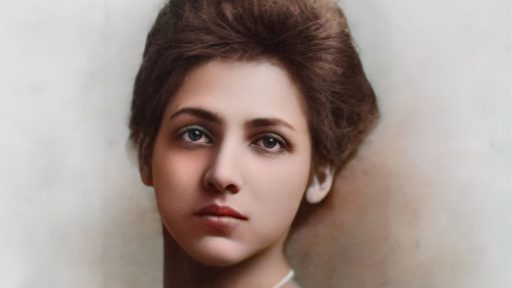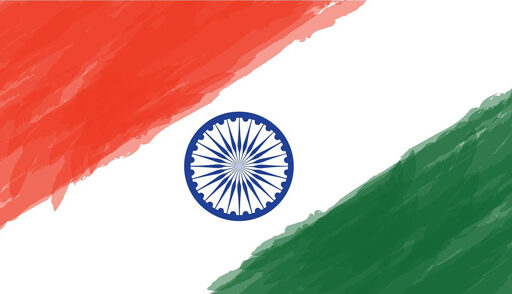Princess Bamba Sutherland, a name echoing the grandeur of the Sikh Empire in the Punjab, lived a life marked by unique experiences and cultural intersections. Born on 29th September 1869 in London, she was the daughter of Duleep Singh Sukerchakia, the last ruler of the Punjab, and his first wife, Bamba Müller. This article delves into the extraordinary life of Princess Bamba, from her childhood in England to her later years as the last surviving member of a royal dynasty.
Early Life
Bamba’s father, Duleep Singh, found himself in England as a child under the care of the East India Company after the Second Anglo-Sikh War and the subsequent annexation of the Punjab in 1849. Separated from his mother and raised as a Christian, Duleep returned to India to bury his mother and, upon his return to England, married an illegitimate girl named Bamba Müller. Bamba Sutherland, their firstborn, was named after her mother, maternal grandmother, and paternal grandmother, with the name “Bamba” holding a poetic meaning of “pink” in Arabic.

Life in England and Educational Pursuits
Bamba’s early years were spent in luxury at Elveden Hall until her mother’s unfortunate demise from kidney failure. Placed in the care of Arthur Oliphant, her father’s equerry, along with her siblings, Bamba completed her schooling under his guardianship. Subsequently, she pursued higher education at Somerville College, Oxford, marking the beginning of her intellectual journey.
Ventures to India and a Lifelong Companion
As Bamba decided to explore her roots in India, she placed an advertisement seeking a companion. The selected companion was Marie Antoinette Gottesmann, a Hungarian with cultural interests matching Bamba’s preferences. Together, they embarked on visits to India, settling in Lahore and Shimla. Bamba eventually settled alone in Lahore, where she met and married Dr. David Waters Sutherland, the Principal of King Edward Medical College.

Preserving Heritage and Overcoming Obstacles
In 1924, after years of perseverance, Bamba successfully secured permission to bury her grandmother’s ashes in Lahore. The transfer from Bombay, where they were temporarily placed, to the memorial of Maharaja Ranjit Singh, Bamba’s great grandfather, marked a poignant moment in the family’s history.
Widowhood and Legacy
Tragedy struck when Dr. David Waters Sutherland passed away in 1939, leaving Bamba a widow in Lahore. She dreamt of the former glory of her royal lineage, being the last surviving member of a dynasty that once ruled the Punjab. When Bamba passed away on 10th March 1957, her quiet funeral, with few guests, was arranged by her secretary, Pir Karim Bakhsh Supra.

The Princess Bamba Collection
As the final chapter closed on the dynasty, Bamba left behind a significant historical legacy. Her extensive collection, including paintings, watercolors, paintings on ivory, and various artifacts, was entrusted to her secretary, Pir Karim Bakhsh Supra. Eventually, the collection found its home in Lahore Fort, where it is preserved as the Princess Bamba Collection, a testament to a bygone era.
In conclusion, Princess Bamba Sutherland’s life is a captivating tale of resilience, cultural blending, and the enduring spirit of a royal lineage. From the opulence of Elveden Hall to the cultural exploration in India, her journey encapsulates the rich tapestry of history. The Princess Bamba Collection stands as a poignant reminder of a once-mighty empire and the indomitable spirit of the last princess who sought to preserve her heritage against all odds.







